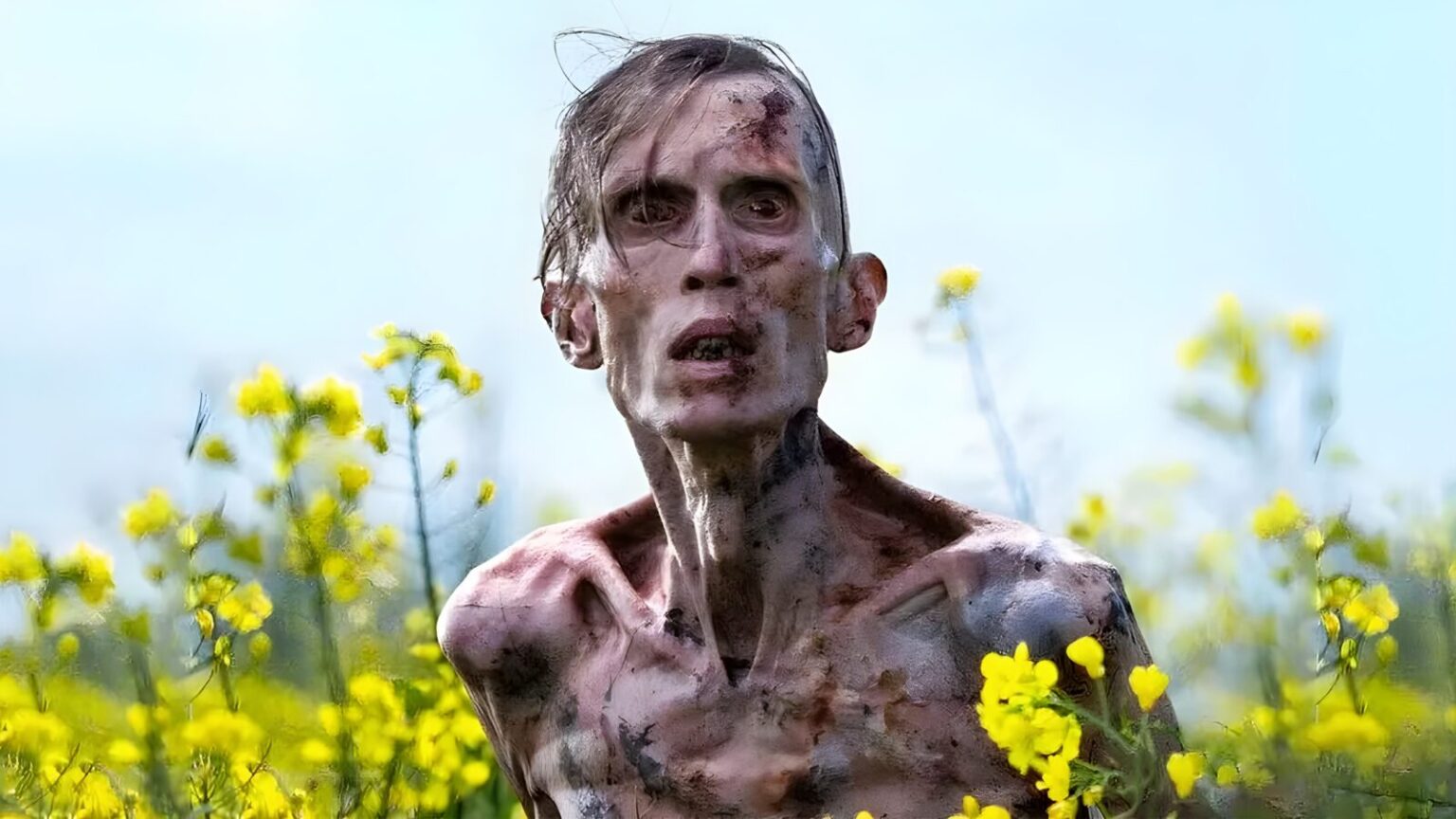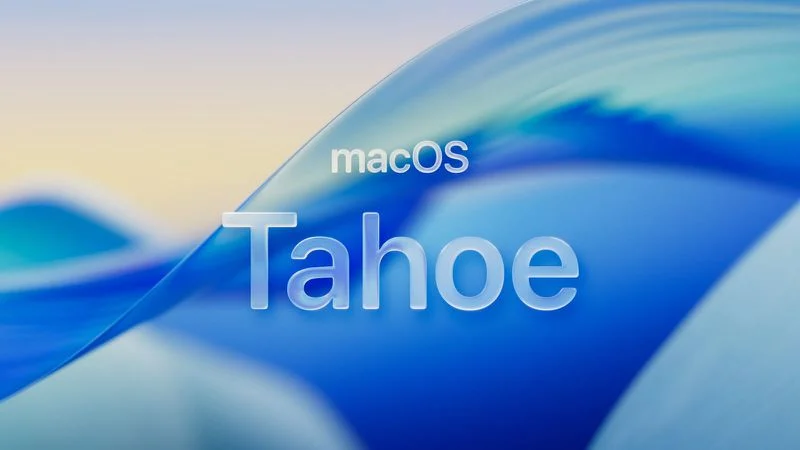TL;DR: 28 Years Later is a bold, tonal mashup that reinvigorates the franchise with grief-laced folk horror, satirical isolationism, and, yes—sprint‑zombies still tearing ass. Flawed and uneven, but deeply affecting.
28 Years Later
A Grown‑Up Apocalypse
Set 28 years after the original 28 Days Later virus outbreak, this sequel skips the rotting remnants of London and lands on Holy Island—an isolated, tidal fortress off England’s northeast coast. Rather than rebuilding modern society, this tight-knit community has regressed into a brutal tribalism: subsisting on deer, homebrew, and archery hunts. Flanked by Agincourt-era film reels and fortress-like mentalities, the island becomes a metaphor for stubborn nostalgia and crippled grief. Director Danny Boyle and writer Alex Garland transform the familiar zombie canvas into a folk-horror tableau augmented with satirical flair.
Family at the Core
The emotional anchor is Spike (Alfie Williams), a 12-year-old struggling beneath the weight of heirloom trauma. His mother, Isla (Jodie Comer), drifts in illness and muted sorrow—a haunting contrast to the community’s external toughness. Father Jamie (Aaron Taylor‑Johnson) offers a gruff, protective masculinity shaped by fear and love. When Spike learns of a rumored “doctor” on the mainland who might heal Isla, he takes her across the treacherous causeway against all warnings. That desperate love, not survival, becomes the story’s emotional pulse.
Revamped Zombies: Fast, Feral, and Varied
This isn’t your grandma’s slow-mo zombie flick. The infected still sprint like rabid athletes, but the film introduces evolutionary variety: alpha runners, shambling crawlers, and even deer-adapted wildlife carriers. On the mainland, the pace accelerates into visceral action—bullets, bows, and blood. Garland and Boyle carefully calibrate tension: when our protagonists venture out, it’s shock over easy kill scenes, every arrow or bullet a climactic RSVP.
Folk Horror Meets Isolationist Satire
Holy Island’s fortress-farm aesthetic recalls the claustrophobia of Roman Polanski’s Cul-de-Sac, yet the isolationist mindset is steeped in nostalgic xenophobia. Bow-and-arrow armed vigilantes, looped archival footage of English nationalism, and quiet disdain for the wild British mainland evoke a grim post-Brexit allegory. But it’s not all satire—their societal regression carries real tragedy, as the community’s unshakable calm teeters on intolerance.
Cameos, Rituals, and Tonal Shifts
The film shocks twice: with two uncredited appearances that feel like graphic-novel easter eggs. These cameos tilt the film into surreal, almost absurd territory—strange rituals, ritualistic violence, and stylized confrontations that excite but occasionally unsettle the emotional grounding. These tonal jumps contain both the film’s greatest strength and its most jarring weakness.
Visual & Sound
Visually, the film is rugged and elemental: ash-gray skies, bloodied bow-tipped arrows, a roaring fire consuming the Sycamore Gap (hauntingly filmed before its real-world fall)—Earth itself seems infected. The sound design brings us face-first into tension: distant creature noise, silent arrow pullbacks, the gut-punch silence after a kill. Composer John Murphy’s reworked “In the House, In a Heartbeat” throbs on a lamenting continuum from the original.
Where the Franchise Lands (and Where It Goes)
28 Years Later tells us: the apocalypse never leaves you. Rage doesn’t vanish—it mutates. As Spike walks into a new, uncertain dawn—grief, trauma, bloodied wisdom heavy on his small frame—the film leaves the door wide for what’s next. A fourth film could explore this next generation, or spiral into more graphic novel extremes. Garland and Boyle navigate that crossroads with ambition, though not always grace.
Final Thoughts
28 Years Later is a thrilling tonal gamble: part folk-horror fable, part satirical outpost drama, part zombie‑action flick. While tonal whiplash and cameo-driven detours may jar, the film’s emotional core—Spike’s desperate love—and its thematic bite on grief, tribalism, and inherited trauma give it haunting resonance. It doesn’t just resurrect the rage-virus—it evolves it.






